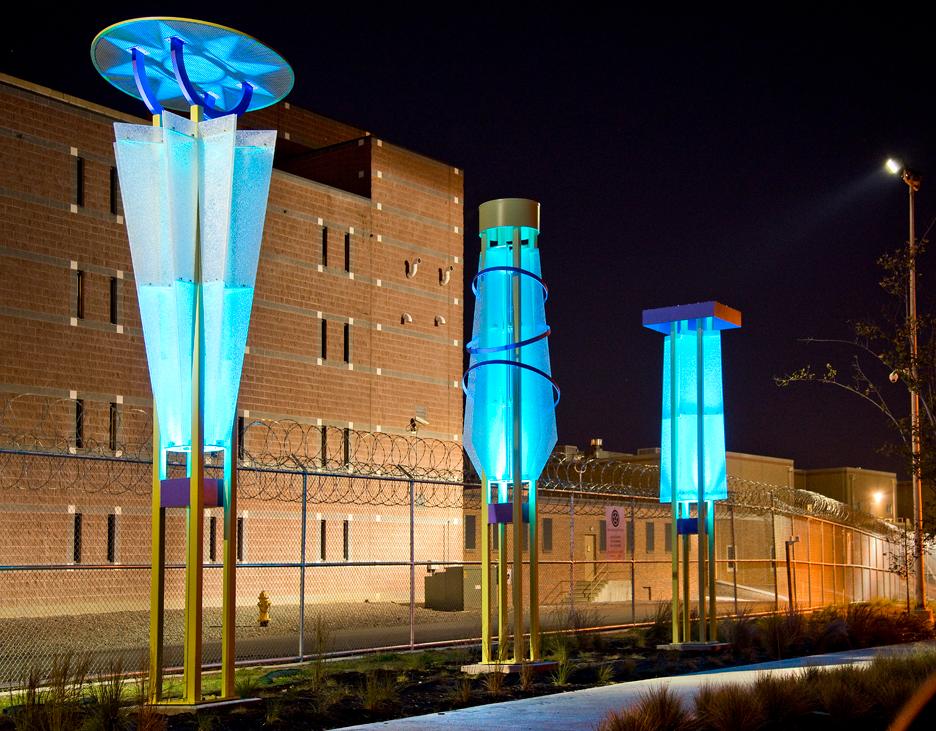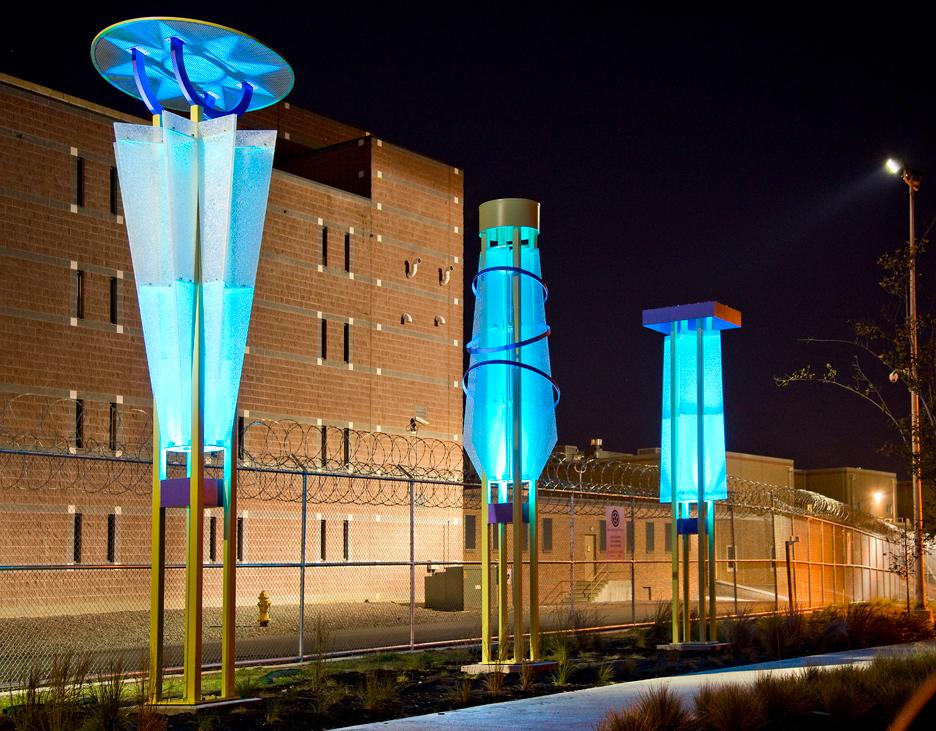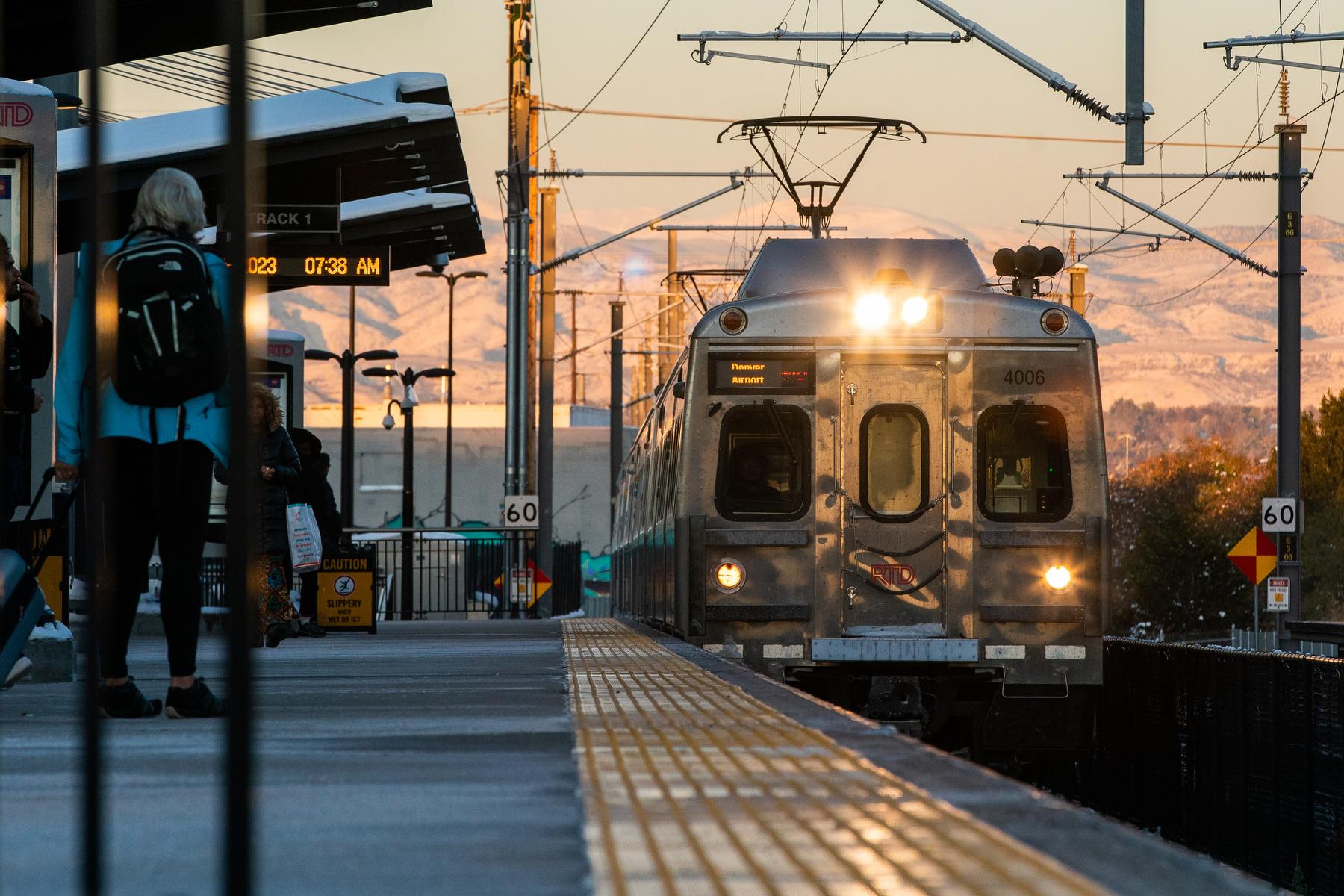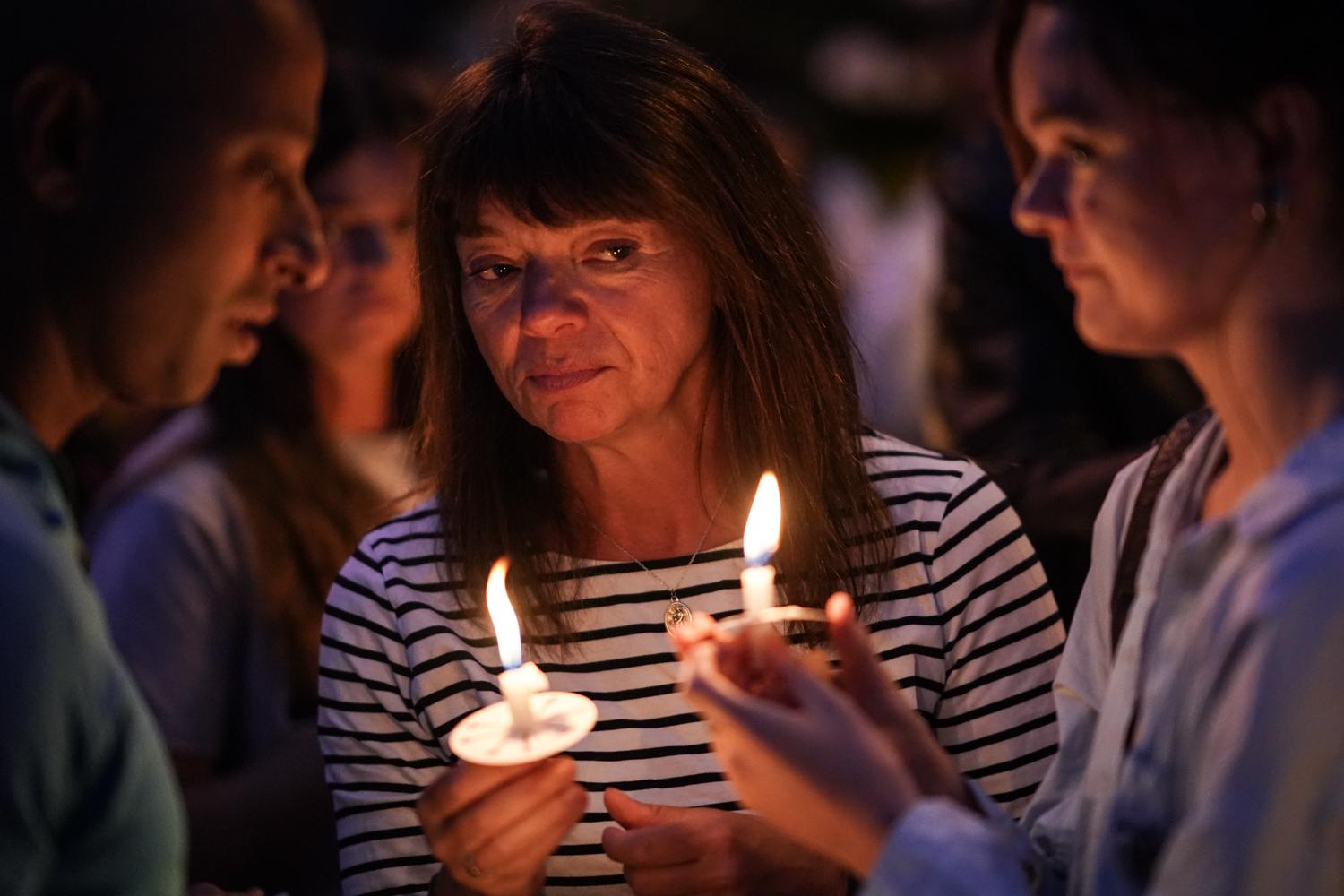

The Denver Public Art Program was created in 1988 by former mayor Federico Pena. The ordinance requires the city to set aside one percent of any capital improvement project with a budget of more than $1 million to public art.
Denver-based artist and gallery owner Georgia Amar helped shape Denver's Art District on Santa Fe. Amar says that public art in Denver is “at best mediocre in most cases."
Amar says she is frustrated with the selection process and the “extremely poor choices made by the people who select public art.” The artist would like to see more artists, art experts, and community members on the selection panel -- and no city officials.
According to a city policy paper, the Denver Public Art selection panel consists of at least seven people as follows:
- Three Community Representatives: These are people who work and live in the community where the public art will be constructed. Community representatives need not have formal training in visual art.
- One artist.
- One arts professional: e.g. a curator or professor, anyone involved in arts administration, education, advocacy or documentation.
- One member of the Denver Commission on Cultural Affairs (DCCA): Any individual appointed by the Mayor to serve on the DCCA.
- One public art committee member selected by existing members of the committee. The committee includes artists, arts professionals, project managers, engineers, art installation experts, arts educators and community leaders.
The project selection panel is responsible for whittling down the list of potential public art projects. Voting members recommend finalists to the DCCA and the Public Art Committee. The finalists are ranked in order of priority. The artist ranked first is recommended for the commission. The runners-up are alternates.
Denver Arts and Venues and a representative of DCCA on the selection panel then presents the finalist to the DCCA. The Mayor reviews recommendations and awards the commission.
Rudi Cerri is a Public Art Program Administrator with Denver Arts and Venues. He says the selection process is working and has been working for the past 25 years. “I’ll put Denver’s public art up against any city,” Cerri says. He points to the current “Beyond Blue” exhibition at Denver's McNichols Building celebrating the anniversary of the city's public art program. It features 75 artworks by 46 artists who have produced work for the public art collection over the years.
Cerri says it is important to have a representative of the commission on the selection panel. He says the representative works alongside members of the public, artists, and art experts to ensure the panel stays on track. And he says the Public Arts Committee member is there to insure the public art work can be built on budget.
Denver-based artist David Griggs has produced three pieces of public art in the city, two of them in the 1990s. “Dual Meridian” is located at the Denver International Airport and “Platte Valley Time Vanes” at the 23rd Street Viaduct. His latest commission is “Havana Lanterns” at the Denver County Jail on Smith Road and Havana Street. It was just completed and will be officially dedicated in the first week of December.
Griggs says he feels the city's selection process is as fair and transparent as most public art programs. When asked why he believes he waited so long in between his earlier commissions and his most recent work for Denver, he says a great deal of luck comes into play. However Griggs does say he thinks the public art selection process can result in poor art. The process tends to result in selections that try to be “all things to all people,” says Griggs. He says he would prefer to see smaller, more art-savvy selection panels.
John Grant was the director of the Denver Public Arts Program for 10 years from 1996 to 2006. He says Denver’s public art ordinance is a model for other cities to follow and is considered to be one of the best in the country by public art administrators at the Public Art Network. The program is based on a model that, “leans toward empowering community members to inform the artist and art-making for their region,” says Grant.
Ivar Zeile owns the Plus Gallery on Larimer Street just North of LoDo. He served on the public art selection committee from 2006 - 2009. He says artists often sense bias when it comes to the selection panel, but the process is “largely pure and fair.” He says it is hard to show bias when each selection committee is drawn from a different spectrum of the community. Though Zeile says he has been a member of selection panels that have had a hard time coming to a consensus, he adds that, “not everyone in the community will ever readily accept or appreciate what has been selected.”








